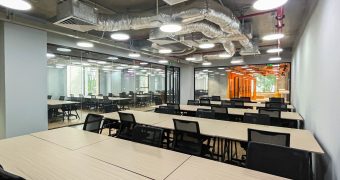The Creative Process and How to Enhance Your Creativity
Ever wondered how some people seem to burst with brilliant ideas while others feel stuck in a creative rut? The good news is that creativity isn’t some magical gift bestowed upon a select few. It’s a process, a journey with distinct stages that anyone can understand and even improve.
Whether you’re a writer, a designer, an entrepreneur, or simply someone looking to bring more innovative thinking into your daily life, understanding the creative process is the first step to unlocking your potential.
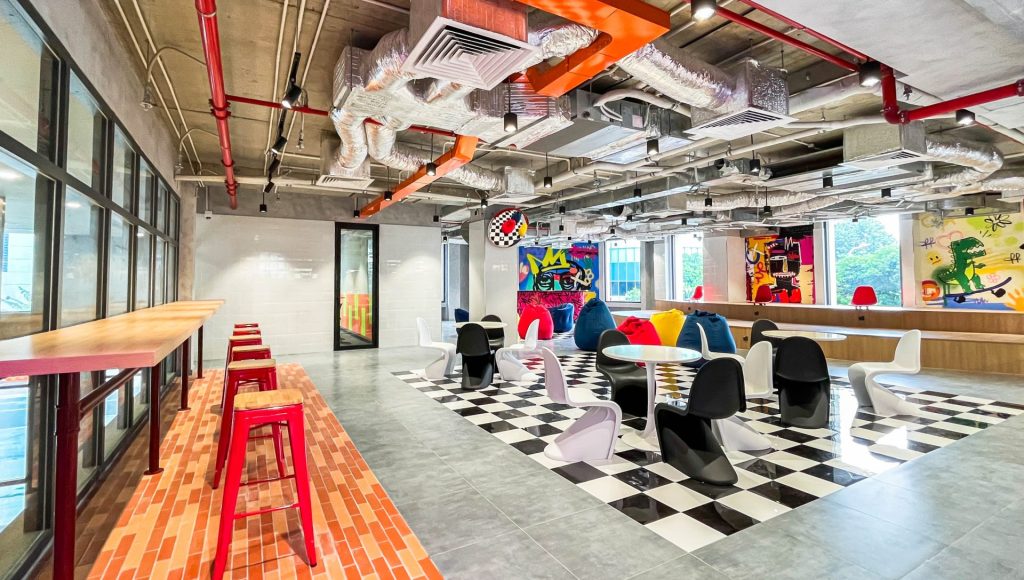
The Common Stages in the Creative Process
One of the most well-known models of the creative process was first outlined by a social psychologist named Graham Wallas way back in 1926. His framework still resonates today because it captures the essence of how creative thought often unfolds. Let’s explore these stages:
Preparation
This is where your creative adventure begins. It’s all about immersing yourself in the problem, topic, or challenge at hand. You’ll gather information, conduct research, brainstorm initial thoughts, and clearly define what you aim to achieve. For instance, if you’re tasked with creating a new marketing campaign, this stage would involve understanding the target audience, analyzing competitors, and defining campaign goals. It’s about laying a strong foundation by absorbing all the relevant details.
Incubation
After filling your mind with information, the incubation stage is about letting it all simmer. You step back from consciously working on the problem. This doesn’t mean nothing is happening. Your subconscious mind takes over, sifting through the information, making connections, and exploring possibilities in the background. You might go for a walk, work on a different task, or simply relax. This period of mental rest is vital, allowing ideas to develop without the pressure of immediate results.

Illumination
Often called the “aha!” moment, this is when a solution or a core idea suddenly becomes clear. It can feel like a lightbulb switching on in your mind. This insight might arrive when you least expect it, perhaps during your morning shower or while commuting. Illumination is often the product of your subconscious mind successfully connecting the dots from the preparation and incubation phases.
Evaluation
Now that you have an exciting idea, the evaluation stage is about taking a critical look at it. Is it practical? Is it truly a good solution to the problem you defined in the preparation stage? This phase involves analyzing the strengths and weaknesses of your idea, considering its feasibility, and perhaps getting initial feedback. You might compare it against your original goals or criteria. This is a crucial step to ensure your idea has real potential before you invest significant effort in developing it.
Implementation (or Elaboration)
Once your idea has passed the evaluation stage, it’s time to bring it to life. Implementation is about taking action and turning your concept into a tangible reality. This could mean writing the story, designing the product, coding the software, or executing the plan. It often involves detailed work, refinement, and overcoming obstacles. This is where persistence pays off, as you develop your initial insight into a fully formed creation.
While these stages provide a great general framework, it’s important to remember that the creative process isn’t always strictly linear. You might jump back and forth between stages. For example, during verification, you might realize you need more information and go back to the preparation stage.
Finding Your Own Way to Be Creative
Sure, general ideas about creativity, like Wallas’s model, can give you a good start. But lots of people are also really interested in how different folks find their own special ways to be creative. There’s no single recipe that works for everyone. What clicks for one person might not do a thing for someone else.
Just look at well-known creative people. Some do their best work with set schedules and special places just for creating. Others get their best ideas when things are a bit messy and unplanned. For instance, some writers make sure to write a certain amount each day, no exceptions. Then you have others who write a lot all at once when an idea hits them. Musicians are different too. Some might start with a tune, others with a song idea or even just a beat.
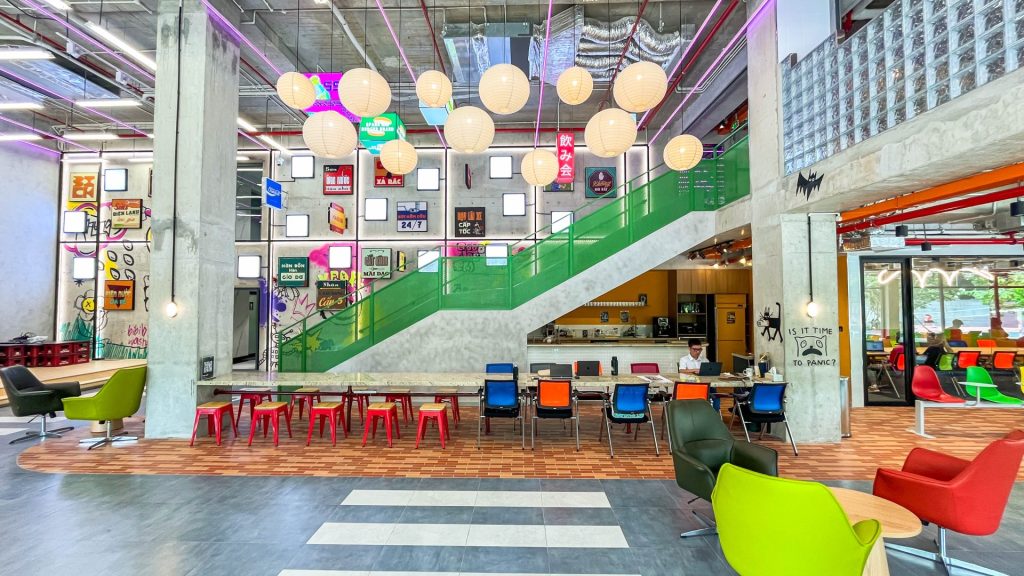
It can be really inspiring to learn how different people do it. When you read about successful creative types, you often find out about their funny little habits, special routines, or the kinds of places that help them get into the flow. Maybe one person gets ideas from a long walk outside, while someone else figures things out by chatting with a good friend.
So, what really matters is noticing what works for you. What kinds of situations help you feel your most creative and get the most done?
10 Tips to Nurture and Improve Your Creative Process
The exciting part is that you can actively work on improving your creativity. It’s like a muscle; the more you exercise it, the stronger it gets. If you’re looking for ways to boost your creative output, here are some practical techniques and tips:
1. Always Cultivate Your Curiosity.
Always be learning. Read widely, ask questions, explore new subjects, and be open to different perspectives. The more diverse your knowledge base, the more connections your brain can make.
2. Embrace Moments of Boredom.
In our hyper-connected world, it’s easy to fill every spare moment with distractions. However, allowing yourself to be bored can actually be a catalyst for creativity. It gives your mind space to wander and for those incubation-stage connections to happen.
3. Dedicate Space or Time for Creativity.
This doesn’t mean you need a fancy studio. It could be a quiet corner in your home or a specific time slot each day that you dedicate to creative work. The routine can help signal to your brain that it’s time to switch into creative mode.
4. Don’t Let Failure Discourage You.
Not every idea will be a winner, and that’s perfectly okay. Fear of failure can be a major creativity killer. See “mistakes” as learning opportunities and stepping stones to better ideas.
5. Change Your Environment for New Stimuli.
Sometimes, a simple change of scenery can do wonders. If you’re feeling stuck, try working in a different room, a coffee shop, or even outdoors. A new environment can provide fresh stimuli.
6. Practice Mindfulness for Mental Clarity.
Techniques like meditation can help you become more aware of your thoughts and less judgmental of them. This can free up mental space for new ideas to emerge.
7. Seek Constructive Feedback Wisely.
Sharing your work with others can provide valuable insights and help you see things from a different angle. Choose people who will give you constructive, honest feedback.
8. Keep a Journal to Capture Ideas.
Ideas can be fleeting. Get into the habit of writing them down, no matter how small or silly they might seem at the time. You never know when a random note might spark something bigger.
9. Collaborate with Others to Spark Innovation.
Working with others can bring different skills and perspectives together, often leading to more innovative solutions than you might come up with alone.
10. Engage in Playful Experimentation.
Allow yourself to play with new ideas, tools, or methods without any pressure for a perfect outcome. This freedom to experiment can lead to unexpected discoveries and breakthroughs.
Find Your Creative Spark at The Sentry
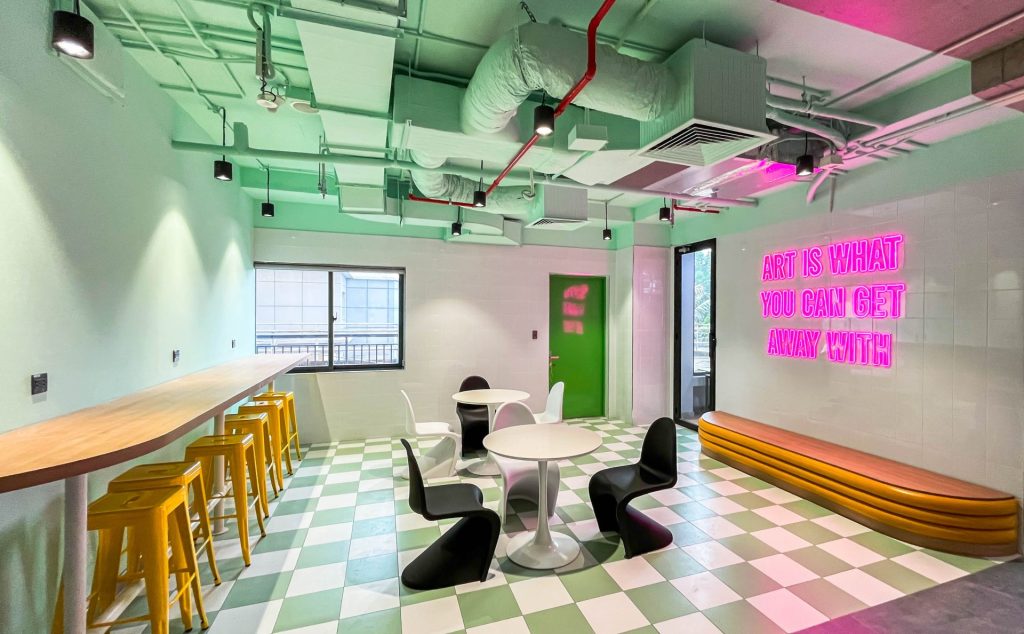
Seeing your creative process as a journey from a spark to something real makes all the difference. It involves focused work, quiet thinking, sudden bright ideas, and the drive to make things happen. When you learn the steps, honor your own style, and try new ways to improve, you’ll unlock more of your creative power.
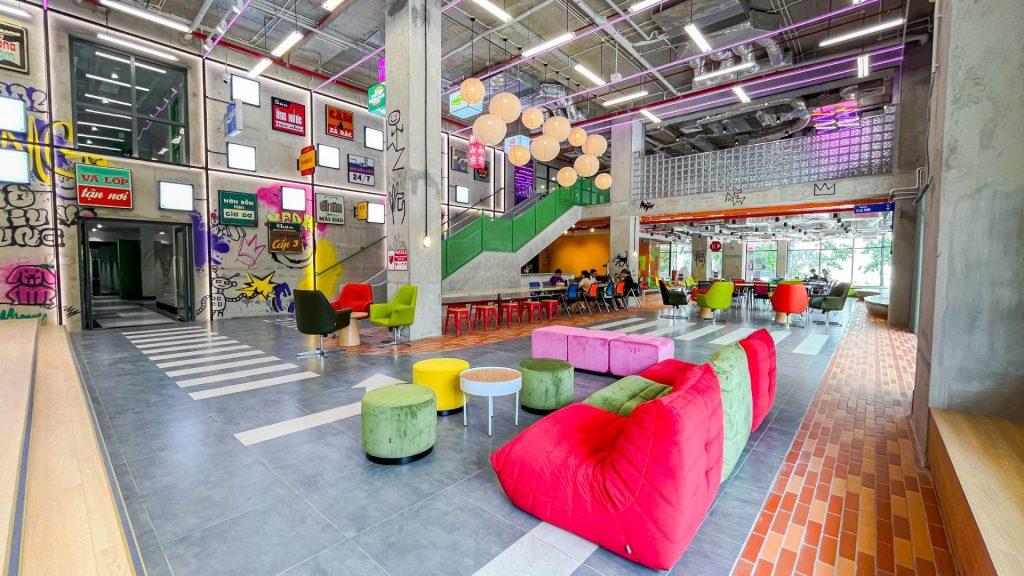
And if you’re looking for a place that supports this kind of innovative work, an inspiring environment like The Sentry co-working space could be a great boost for your creative journey.
So, dive in, try new things, and enjoy the adventure of making something new.
YOU MAY BE ALSO INTERESTED IN
What is Space Management?
Have you ever thought about how the layout of your office affects your work day? Space management is the thoughtful process of organizing a physical environment to help a business achieve its goals. It is about making every square meter count, ensuring the space not only looks good but also functions beautifully for the people […]
What is Diversity and Inclusion in the Workplace?
The conversation about making every employee feel safe and supported at work is always ongoing. In recent years, many businesses have recognized that making diversity and inclusion a central part of their operations is not just a trend but a fundamental aspect of success. We often see large global corporations leading the way with comprehensive […]
How To Motivate Your Employees
Have you ever looked around your office and felt a lack of energy? It happens in every company. People get into a routine, the initial excitement of a job wears off, and productivity can start to dip. As a leader, you know that your company’s success depends entirely on your team. When they are driven […]

Interested in this location?
Complete the form below to book a tour or connect with one of our team members to find out more.
